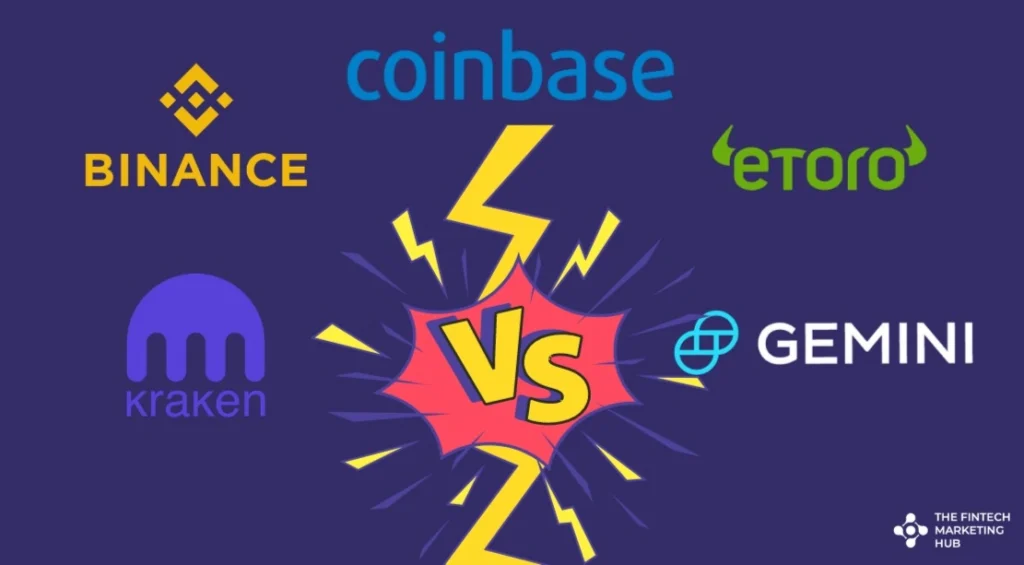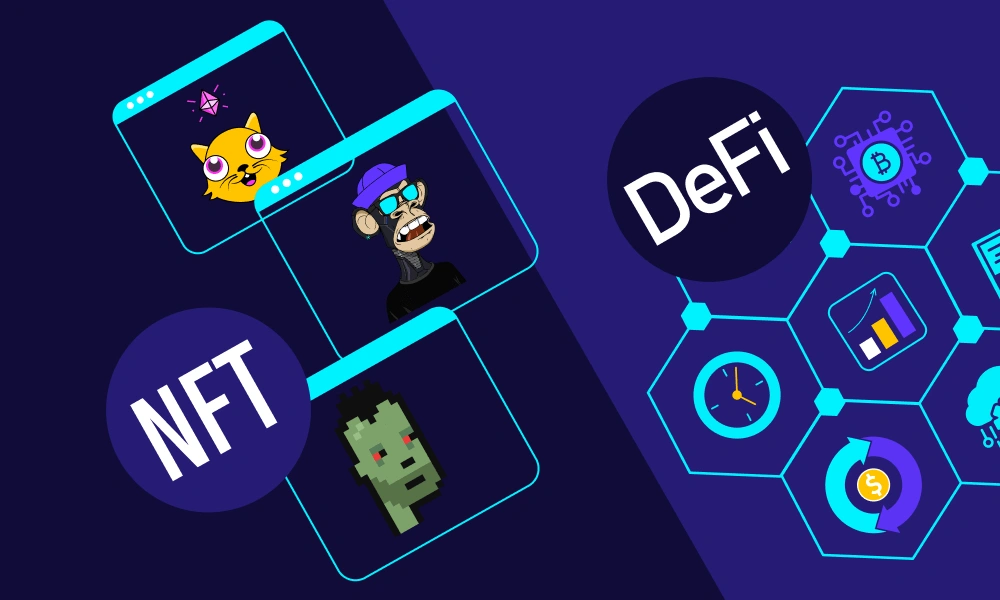Cryptocurrency for Beginners: A Simple Journey Through the World of Digital Currency
The topic of “Cryptocurrency for Beginners” often begins with a question — maybe overheard at a café, seen in the news, or mentioned by a friend: “So, have you gotten into crypto yet?” If you’re like most people, your reaction might range from mild curiosity to quiet intimidation. After all, between the headlines and hype, cryptocurrency can feel like a world designed by and for tech-savvy insiders.
But the truth is far less complicated. Digital currency may be powered by advanced technology, but the idea behind cryptocurrency is very human: freedom, security, and ownership over your own money.
If you’re just starting out, this guide is not here to rush you. Instead, it’s a companion — a calm, step-by-step walkthrough that speaks in real language, not jargon. This is cryptocurrency for beginners, explained simply and clearly, in a way that helps you decide what role it might play in your financial future.
Cryptocurrency for Beginners: A Currency Without Borders
Let’s start with a thought: imagine being able to send money to someone in another country instantly, without involving a bank, without delay, and with minimal cost. That’s one of the original motivations behind Bitcoin and other cryptocurrencies.
Created in 2009 by an anonymous figure known only as Satoshi Nakamoto, Bitcoin wasn’t designed to replace all money — but to question how centralized our financial systems had become. In a world shaken by the global financial crisis, it posed a radical alternative: a currency not issued by governments, but secured by code.
This is where the term blockchain comes in — the technology that powers cryptocurrencies. Think of it as a shared digital notebook, where every transaction is recorded, time-stamped, and locked in. Unlike your bank’s internal ledger, this one is public and cannot be changed retroactively.
First Encounters: Learning Without Leaping
People often approach crypto with a mix of curiosity and fear — and rightfully so. The learning curve can feel steep at first. Terms like “mining,” “DeFi,” or “gas fees” can be off-putting. But you don’t have to understand everything all at once.
In fact, the best first step is observation. Before buying, spend a few days reading about what Bitcoin and Ethereum actually are. Try tracking their price movements for a week. You’ll notice patterns — not just in numbers, but in how the media and people respond to the market.
This gradual immersion builds context, which is crucial. Cryptocurrency is not a stock. It doesn’t behave like gold or fiat currency. It lives in its own ecosystem — part investment, part experiment, and part cultural movement.
Buying Your First Crypto: A Gentle Introduction

Credit from Fintech Marketing Hub
When you feel ready to take that first step, it usually starts with an exchange — a platform where digital currencies are bought and sold. There are many out there: Coinbase, Binance, Kraken, Gemini. Some offer more coins, others prioritize ease of use. As a beginner, prioritize simplicity and regulation.
Once you’ve signed up and completed identity verification, you’ll be able to link your bank account or card, and then purchase crypto — even in small amounts. Many people start with less than $100. And yes, you can buy a tiny fraction of a coin.
But before you click “Buy,” it’s worth knowing what you’re buying. Bitcoin is the oldest and most recognized. Ethereum powers a wide range of applications beyond currency. Other coins (called “altcoins”) offer various use cases, but they can also be highly volatile.
If this feels overwhelming, remember: there’s no need to diversify right away. One or two coins are enough to begin with. This is about learning through experience, not chasing profit.
Where Does It Go? Understanding Wallets
A common misconception is that cryptocurrency is stored “on” the exchange. Technically, it’s stored on the blockchain, and the thing you control is a pair of cryptographic keys — one public (like your email address) and one private (like your password).
To manage these keys, you use a crypto wallet. Some are built into exchanges. Others are standalone apps, browser extensions, or even physical devices. Broadly speaking, there are two types:
- Hot wallets are online, convenient, and good for beginners.
- Cold wallets are offline, more secure, and often used for long-term holding.
You might start with an exchange wallet and gradually explore more secure options. Eventually, understanding how to use and protect your wallet becomes just as important as choosing the right coin.
Cryptocurrency for Beginners: Understanding the Risks Without Panic
One of the first things you’ll notice is that crypto markets move fast — sometimes dramatically. A coin might surge 15% in a single day and then fall by 20% the next. For beginners, this is often unsettling.
But volatility is not the same as danger — not if you manage your risk. Here’s what that looks like in practice:
- Don’t invest money you need for daily life or emergencies.
- Be aware that gains (and losses) can happen quickly.
- Use stop-loss orders if you start trading.
- Double-check all addresses when sending crypto. Mistakes are irreversible.
- Always secure your wallet with two-factor authentication and backups.
These aren’t just technical tips. They’re the real lessons most newcomers learn — sometimes the hard way. Understanding them early can protect both your funds and your peace of mind.
Cryptocurrency for Beginners: It’s Not Just About Investing

Credit from Pixelplex.io
While most people enter the crypto space with investment in mind, the landscape is much broader. Blockchain technology enables applications far beyond currency — from online identity and decentralized finance to digital art and secure voting.
You don’t have to explore it all right away. But it helps to know that the ecosystem isn’t just about trading. It’s also about rethinking how digital systems work, and where power — financial or otherwise — is held.
Curious users often go on to experiment with:
- DeFi platforms, which offer services like lending or earning interest without banks
- NFTs, or digital collectibles tied to ownership
- DAOs, which are internet-native organizations governed by users
Again, there’s no rush. But if crypto resonates with you, these are paths you might explore later.
A Few Quiet Warnings (And Why They Matter)
It would be irresponsible not to mention that crypto, while innovative, is still an evolving field. Scams exist. Projects collapse. Fake investment apps target beginners. Not everything with a token is trustworthy.
So what can you do?
- Stick to well-known coins and platforms in the beginning.
- Be skeptical of anything promising “guaranteed returns.”
- Never share your private keys or recovery phrases — with anyone, ever.
- Learn to verify before trusting.
The goal isn’t to make you paranoid. It’s to help you approach this new space with clear eyes and steady hands.
Final Thoughts: Start Small, But Start Thoughtfully
Cryptocurrency for beginners isn’t about cracking the code or riding the next wave. It’s about gaining confidence in a system that challenges what we think we know about money.
You don’t need to be technical. You don’t need to be wealthy. You don’t even need to be “early.” What matters is that you engage with clarity, not hype.
Start with curiosity. Move with care. Let your understanding grow at its own pace.
Because beyond the buzzwords and price charts, crypto is ultimately a story of individuals learning how to own, protect, and question value in a digital world.
And that journey? It begins right where you are now.




